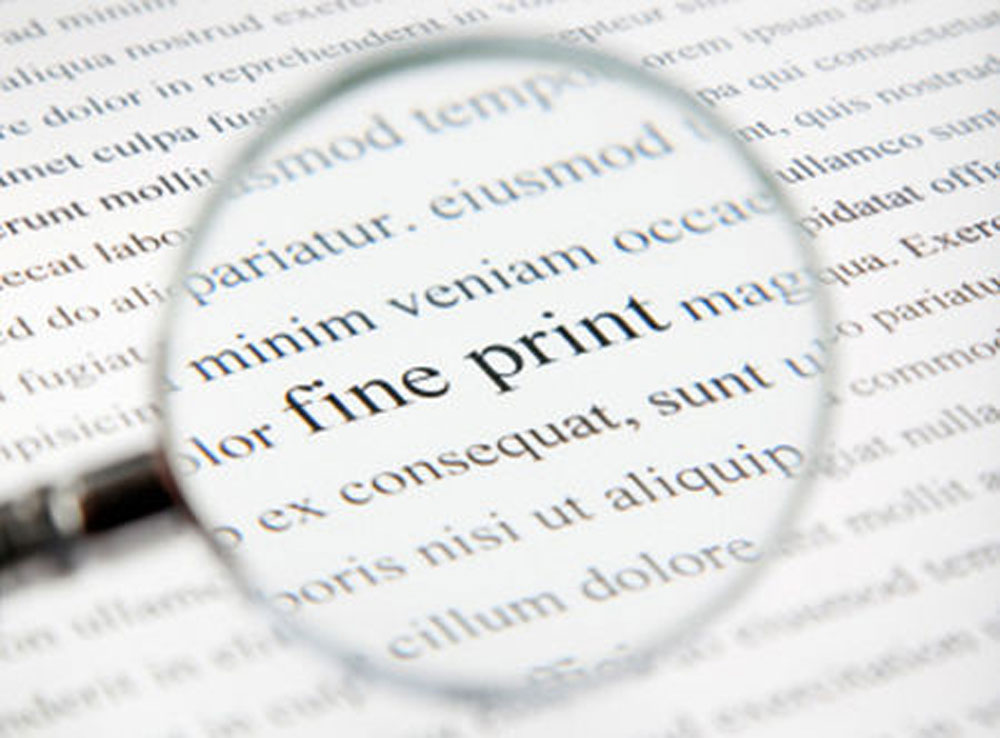Pet insurance can be a valuable investment for pet owners to help cover unexpected medical expenses. However, like any insurance policy, it’s crucial to read the fine print before committing to a plan. The fine print contains the specific details and conditions of the policy, which can affect the coverage and reimbursement process. Failing to understand the fine print can lead to surprises and disappointments when it comes time to make a claim. By taking the time to carefully read and understand the policy’s fine print, pet owners can ensure that their furry friends receive the best possible care without facing financial hardship.
What is Pet Insurance?
Pet insurance is a type of insurance that covers the cost of veterinary care for pets. It works similarly to other types of insurance policies, where pet owners pay a monthly or annual premium to the insurance company in exchange for coverage of medical expenses related to their pets. Depending on the policy, pet insurance may cover various veterinary costs, including surgeries, medications, emergency care, and routine check-ups. Some policies may also cover costs related to accidents, injuries, or illnesses. Pet insurance can provide peace of mind to pet owners, knowing that they have financial protection in case of unexpected medical bills for their furry friends. However, it’s essential to carefully read the terms and conditions of the policy to understand what is covered and what is not, to avoid any surprises or disappointments down the road.
Understanding the Fine Print

The fine print of a pet insurance policy can be complex and detailed, but it’s essential to read and understand it before signing up for coverage. This section of the policy will typically include information about coverage limits, deductibles, exclusions, and waiting periods. It’s important to pay attention to these details to avoid misunderstandings or surprises when filing a claim. For example, some policies may have a waiting period before coverage begins, which means that a pet owner may not be able to file a claim for a certain amount of time after enrolling. Other policies may have exclusions for certain pre-existing conditions or breed-specific health issues. Understanding the fine print can help pet owners make informed decisions about which policy is the best fit for their pet’s needs and budget.
Coverage Options
When it comes to pet insurance, coverage options can vary significantly between policies. Some policies may only cover accidents, such as if your pet is hit by a car or experiences a traumatic injury. Others may offer more comprehensive coverage that includes illnesses, such as cancer, heart disease, or chronic conditions like diabetes. Additionally, some policies may cover routine care such as vaccinations or annual check-ups, while others do not.Pet owners should read the fine print of a pet insurance policy to understand the specific coverage options available and what is excluded. Understanding what the policy covers can help pet owners make informed decisions and avoid unexpected out-of-pocket expenses.
Exclusions
Exclusions in a pet insurance policy are crucial to understanding as they define what is not covered. These exclusions can vary significantly from one policy to another, and even within the same insurance company. Pet insurance policies commonly exclude pre-existing conditions, meaning they don’t cover any condition existing before the policy’s start date. They also commonly exclude hereditary conditions. Which are illnesses or health problems passed down from one generation to another within a specific breed. Certain breeds may also face exclusion from coverage due to their high-risk nature or susceptibility to certain health conditions. Additionally, some policies may exclude coverage for alternative therapies, elective procedures, or behavioral issues. It’s essential to understand these exclusions before signing up for a pet insurance policy. To ensure that you are getting the coverage you need for your pet.
Waiting Periods
Before signing up, pet owners must consider waiting periods, a crucial aspect of pet insurance policies. The waiting period denotes the time between purchasing the policy and when coverage takes effect. During this period, the insurance company will not cover any veterinary expenses for the pet. Waiting periods can vary depending on the policy and can range from a few days to several weeks. It’s important to understand the waiting period of the policy. As it can affect the coverage for any pre-existing conditions or illnesses. For example, if a pet has an existing condition during the waiting period, it may not be covered by the policy. Pet owners should plan accordingly to avoid any unexpected expenses during the waiting period.
Deductibles and Co-Pays
Deductibles and co-pays are significant factors to consider when reading the fine print of a pet insurance policy. The deductible amount can vary depending on the policy. Can range from a few hundred dollars to a few thousand dollars. This means that the pet owner is responsible for paying the deductible amount before the insurance coverage kicks in. Co-pays, on the other hand, are the percentage of the vet bill that the pet owner is responsible for paying. Some policies have a set co-pay percentage, while others may have a sliding scale depending on the type of treatment or procedure. It’s crucial to understand these costs and factor them into your budget when deciding on a pet insurance policy.
Customer Service and Reputation
Customer service and reputation are crucial factors to consider when choosing a pet insurance policy. You want to ensure that the insurance company you choose is responsive, helpful, and reliable. Research the company’s reputation by reading reviews from other pet owners. Checking their ratings with the Better Business Bureau, and reviewing their complaint history. Choose a company with a reputation for excellent customer service and a track record of paying claims promptly and fairly. Additionally, consider the company’s customer service availability and response time. Are they available 24/7, or only during specific hours? Will you be able to speak to a real person when you call, or will you be stuck in a phone tree? These factors can make a significant difference in your overall satisfaction with the policy and the company.
Overview
Pet insurance policies can be a valuable investment for pet owners who want to protect their pets’ health and well-being. However, it’s essential to read the fine print of the policy carefully to understand what is covered and what isn’t. Pet owners should pay attention to coverage options, exclusions, waiting periods, deductibles, co-pays, and customer service and reputation. By doing so, pet owners can make an informed decision about which pet insurance policy to choose. And they can have the peace of mind that comes with knowing that they have the coverage they need for their pets. Reading the fine print of a pet insurance policy might seem tedious. However, it’s a crucial step to ensure that the policy meets the needs of both the pet and the pet owner.

